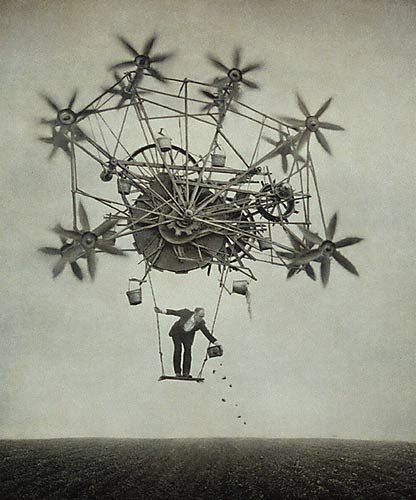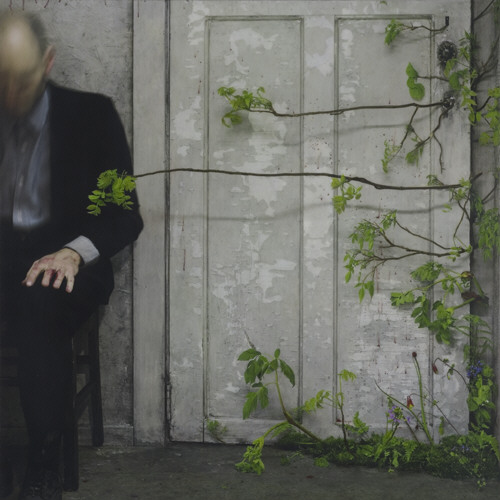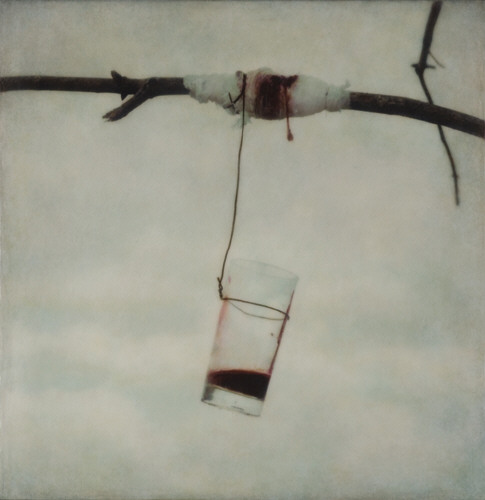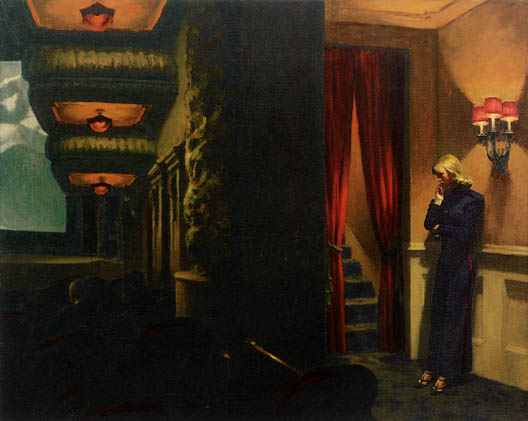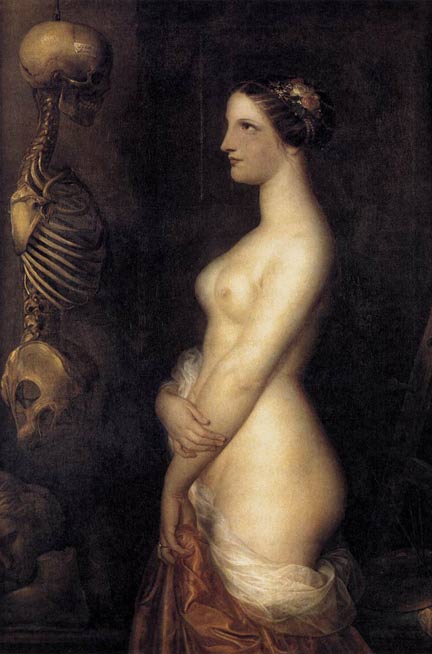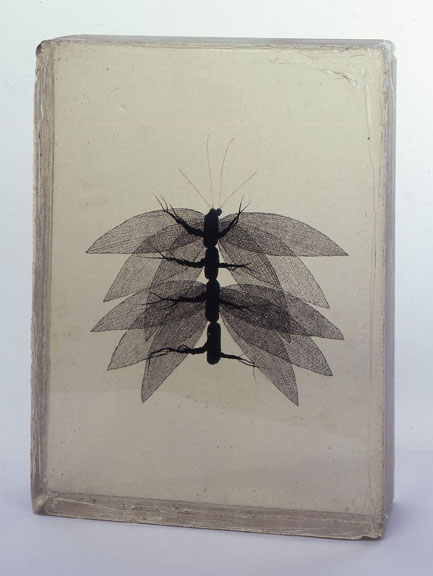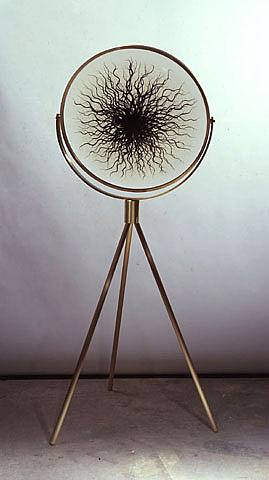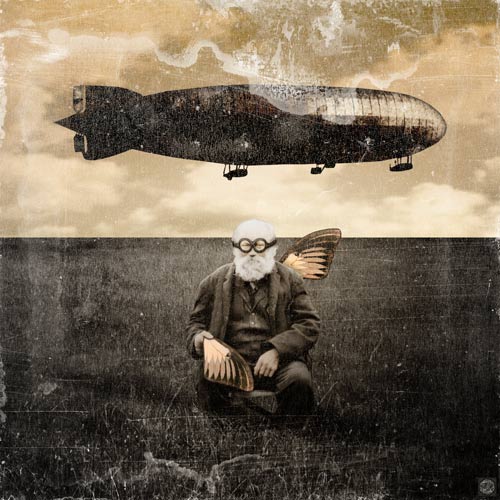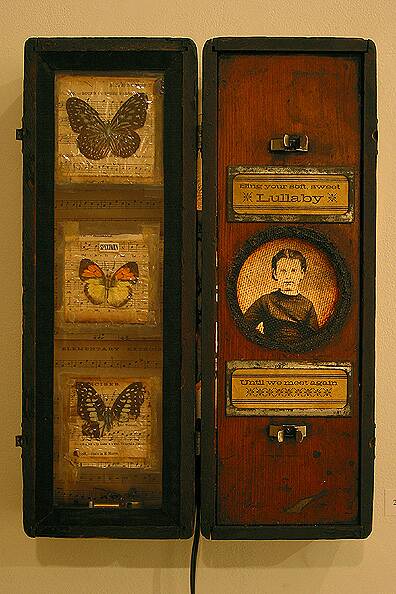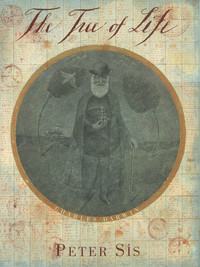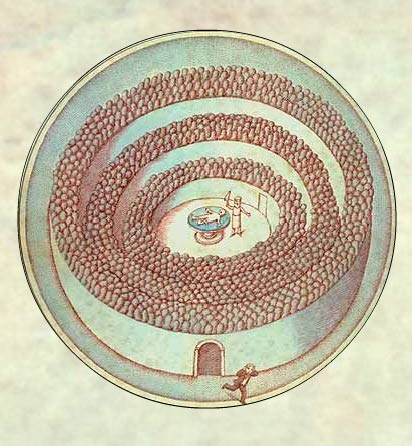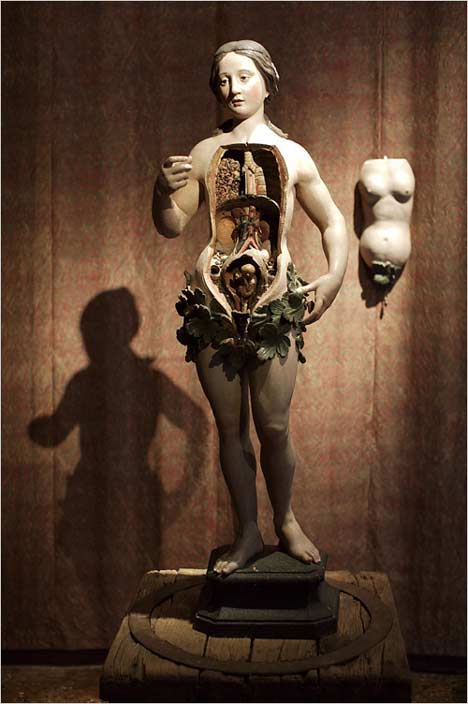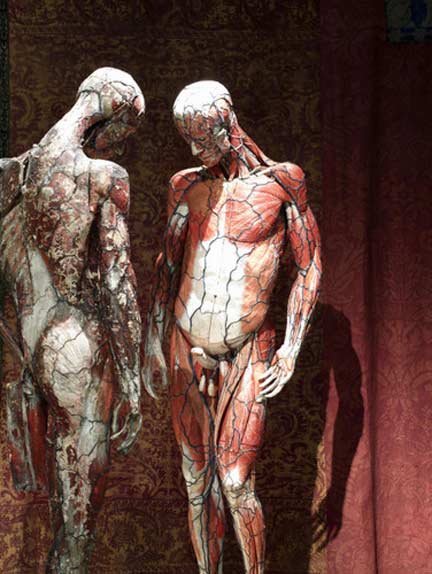The Sower
Have you ever encountered an artist whose work seems so familiar, you feel as if he or she has ensnared your memories? I had that feeling when I first saw Robert Parkeharrison’s The Architect’s Brother. His photographs are like feverish childhood dreams: a Brobdingnagian world in which impossible tasks out of a fairy tale retold by Roald Dahl are documented by the director of La Voyage Dans La Lune. At least these images resemble my childhood dreams, which typically involved gigantic waterclocks, desolate post-nuclear landscapes, and garbled concatenations of literary references. Mr. Parkeharrison has been rummaging around in my brain! So of course I have to buy this book, and you should too. The Architect’s Brother traveling collection will next visit the Mary Brogan Museum of Art and Science in Tallahassee, Florida.
I wish there was also a compilation of the newer work he has completed with his wife, Shana Parkeharrison. Some of this work is visible at the Jack Shainman Gallery. Unlike the Architect’s Brother collection, in which the conflict between madman and injured nature is blunted almost into whimsy, the newer works are starkly ominous. In “Stolen Summer,” butterflies are nailed to a wall, their pigments running down like blood. A bandaged tree bleeds into a glass tumbler. An old man sits oblivious as vines creep under a door towards his legs. These images are also the stuff of fairy tale, but a harsh, fluorescent-lit, urban iteration – less Brothers Grimm, more China Mieville.
Undergrowth
Robert and Shana Parkeharrison, 2006
The Wound

